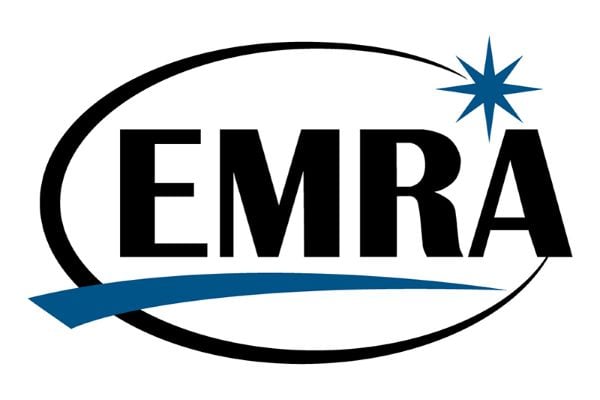What’s Happening to Rural Emergency Departments?
Ryan Koski-Vacirca, MSIV, Wake Forest School of Medicine
EMRA MSC Legislative Coordinator 2019-2020
This spring, a reporter for the Washington Post snapped photos as Dr. James Graham, a 41-year employee of Fairfax Community Hospital, shut down his emergency department for the last time. In rural Oklahoma, Fairfax Community serviced an area “larger than a few states,” with no other medical services available within 30 driven miles from its front doors. Fairfax and 154 other rural American hospitals have closed their doors for good since 2005. In fact, the closures have accelerated and accumulated enough for the University of North Carolina’s (UNC) Rural Health Research Program to track them with a dedicated project.
What’s happening to these rural hospitals? And - more importantly - what should we do to support our patients that would otherwise use them?
Experts have not yet reached consensus as to the answers to these questions. However, policy changes, dedicated researchers, and powerful journalism have all shed light on the problems and have highlighted possible solutions.
While rural hospital closures have no single underlying cause - a Rural Health Association advocate called the closures “death by a thousand knives” - they have one unifying feature: decreased hospital revenue.
Rural hospitals in some areas have been affected by a decline in rural populations. This explanation features prominently in reporting from Oklahoma and Kansas. Some groups argue that state-level cuts to Medicaid reimbursement rates have shut hospitals down. The UNC Sheps Center for Health Services Research, among others, suggest that as quality of care has increased, the total number of inpatient admissions has decreased along with average length of stay. These two factors alone could decrease a small hospital’s revenue enough to make it insolvent.
A recent Health Affairs article identified a large, modifiable factor: whether or not a rural hospital’s state expanded Medicaid with the passage of the Affordable Care Act. According to the study, in states that expanded Medicaid, rural hospitals are much less likely to shut down. Indeed, rural communities with the highest uninsured rates stand to benefit from a Medicaid expansion twofold: increased healthcare access for the most vulnerable and a chance at solvency for the most critical rural hospitals.
Outside of Medicaid expansion, hospital administration experts have suggested re-structuring the services provided by struggling rural hospitals; they advise transforming them into long-term care facilities or urgent care centers. Economists point out, however, that maintaining access to only a subset of services might not improve health outcomes; it might not cushion the economic fallout for local employees, either. If a rural hospital closes and nothing replaces it, per capita income for community members decreases (on average) by four percent.
In 2010, the Maryland Department of Public Health and the Centers for Medicare and Medicaid Services (CMS) agreed to a unique experiment designed, in part, to solve this problem. They called this experiment “Global budgets for rural hospitals.” At the beginning of each year, Maryland and CMS gave ten rural hospitals a “global” budget - a lump sum, or “guaranteed revenue” - to spend in order to run their hospital that year.
With a guaranteed cash flow, the ten rural hospitals no longer had to focus on their patient census, emergency department visits, or reimbursement rates for individual services (“fee for service”). Instead, hospitals focused on the best ways to spend their money on keeping their communities out of the hospital. Western Maryland Regional Medical Center opened a community garden, a transition clinic for recently discharged patients, and new spots for primary care appointments.
Global budgets helped slow healthcare spending in Maryland compared to the national average over the same timeframe; the state spent 1.47% more per person that year, down from a 3.58% increase the previous year. Medicaid spending, in fact, actually decreased by one percent in Maryland for the first year it was measured. Meanwhile, and most importantly, as hospitals focused their efforts on community health, potentially preventable conditions decreased 26.3% in the state over that year.
So, knowing this story, what should we do as future emergency physicians bearing witness to the changing rural health landscape? We can all start - in the words of Western Maryland Regional Medical Center’s CEO - by reminding ourselves “why we chose this field.” To best help our patients, we can advocate for payment policy reform that will set our communities up for success, inside and outside of our emergency departments.
Related Content

Aug 25, 2017
Your Home
The Emergency Medicine Residents' Association EMRA is the voice of emergency medicine physicians-in-training and the future of our specialty and the largest and oldest independent resident organization in the world. EMRA was founded in 1974 and today has a membership over 18,000 residents, medical students, and alumni.




